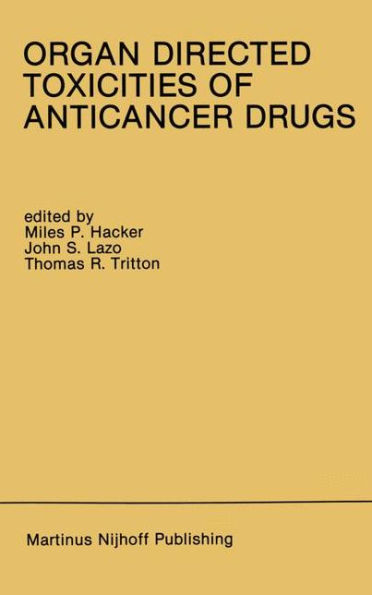5
1
9780898383560


Organ Directed Toxicities of Anticancer Drugs: Proceedings of the First International Symposium on the Organ Directed Toxicities of the Anticancer Drugs Burlington, Vermont, USA-June 4-6, 1987 / Edition 1 available in Hardcover

Organ Directed Toxicities of Anticancer Drugs: Proceedings of the First International Symposium on the Organ Directed Toxicities of the Anticancer Drugs Burlington, Vermont, USA-June 4-6, 1987 / Edition 1
- ISBN-10:
- 0898383560
- ISBN-13:
- 9780898383560
- Pub. Date:
- 01/31/1988
- Publisher:
- Springer US
- ISBN-10:
- 0898383560
- ISBN-13:
- 9780898383560
- Pub. Date:
- 01/31/1988
- Publisher:
- Springer US
169.99
In Stock

Product Details
| ISBN-13: | 9780898383560 |
|---|---|
| Publisher: | Springer US |
| Publication date: | 01/31/1988 |
| Series: | Developments in Oncology , #53 |
| Edition description: | 1988 |
| Pages: | 254 |
| Product dimensions: | 6.14(w) x 9.21(h) x 0.24(d) |
From the B&N Reads Blog
